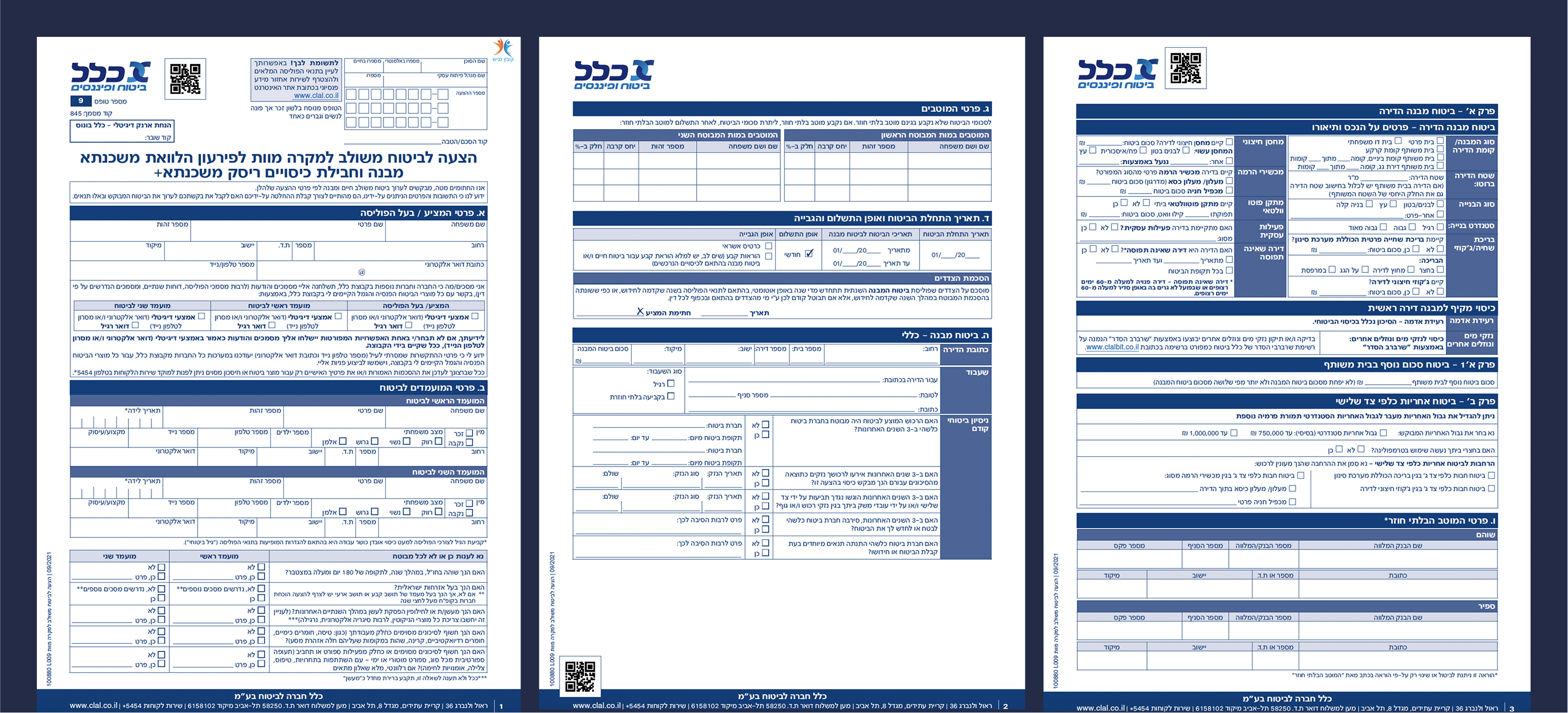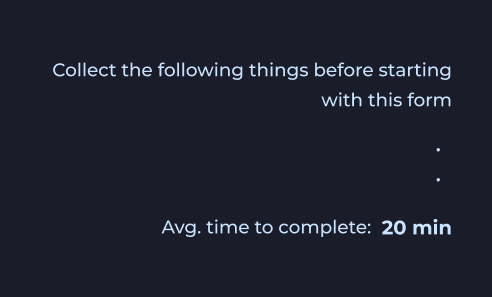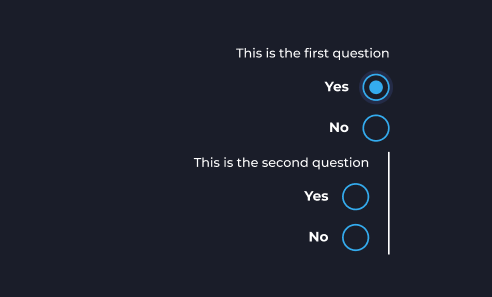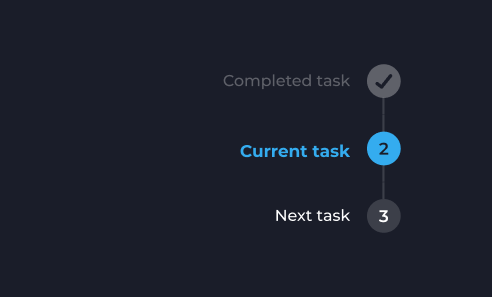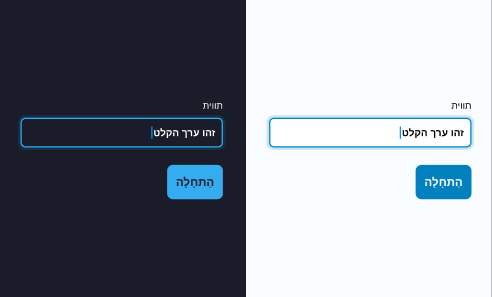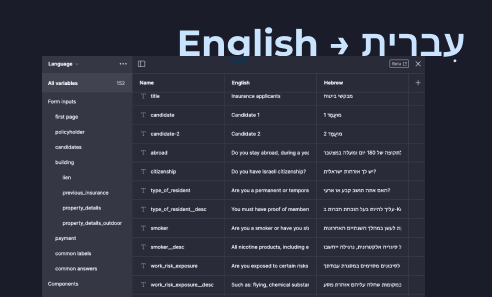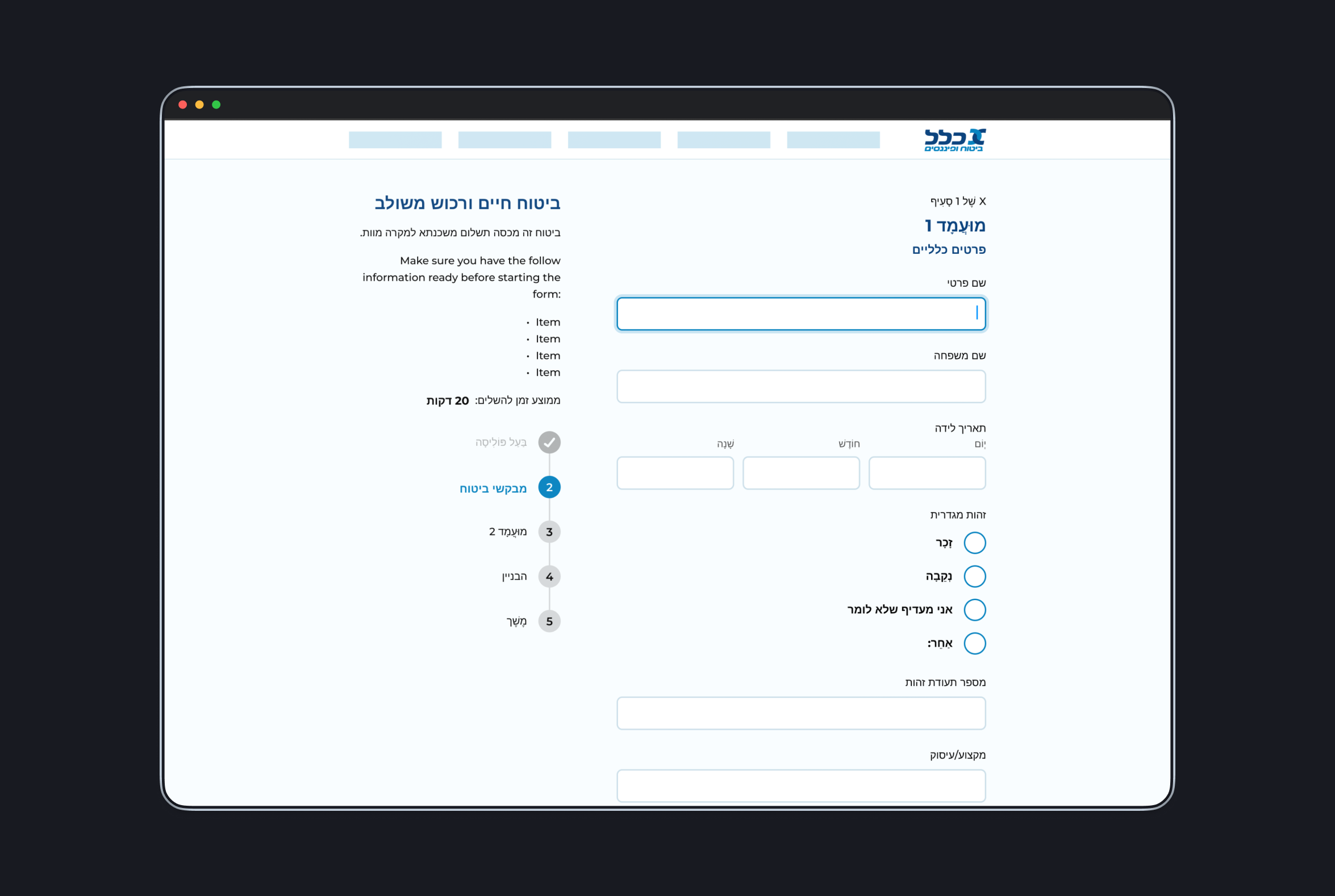Approach
Digital forms have a big advantage opposed to paper forms, as we’ll be able to leave out redundant questions based on the user’s situation and provide errors when data is invalid. Some designers may find forms boring and dull. I actually think they can be quite interesting and challenging too, as forms are a means for users to communicate back to a system. As a designer you’ll need to ensure users understand what is expected of them, create trust, and provide a smooth and friendly way of entering correct data whilst minimising errors.
Before I could start designing I needed the form in English to understand it. I simply uploaded the PDF into Google Translate and took those translations. I don’t need the translations to be perfect, as it only has to be sufficient to design for it. The end product would be served in the original Hebrew language. When scanning through the form you discover questions have dependencies in order to be relevant. So that’s great, we don’t have to show everything to the user.
I wanted to include several best practices for forms I picked up in the last years, such as:
- Only ask what is required
- Use dependencies
- Average time to complete
- Progress indicator / Task list
- Maximum of 6 questions per screen
- Explain why we need sensitive information, for things like phone numbers and gender
- Minimum tap size of 48px, sufficient contrast, keyboard focus indicators
- Light & Dark mode (just for fun, really)
